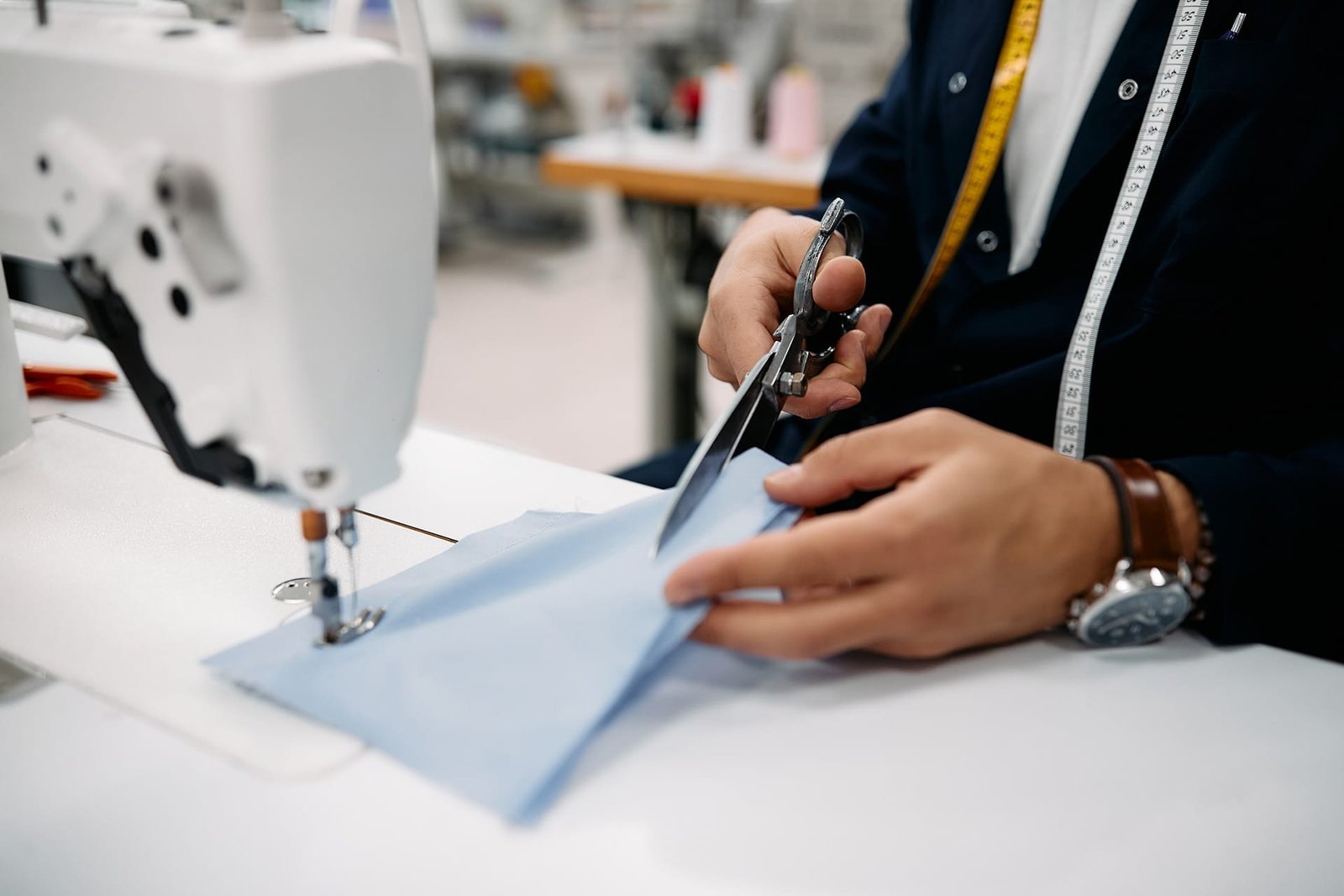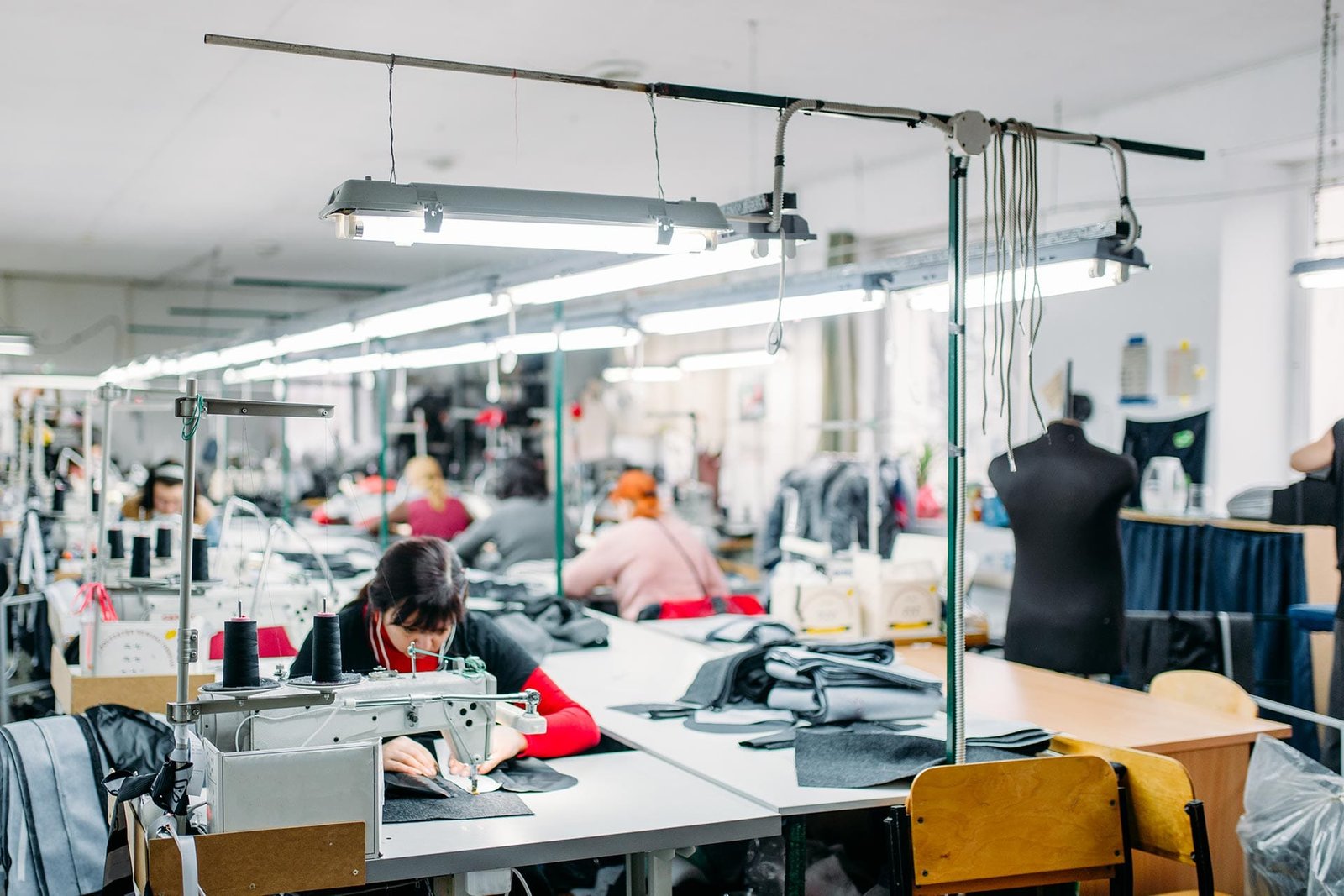
Picture a time when traditional handlooms dominated Bangladesh’s textile landscape. Fast forward to today, and you’ll find a country buzzing with modern factories, churning out garments for some of the world’s biggest brands. This incredible journey hasn’t been without its hurdles – from labor concerns to environmental issues. Yet, the industry continues to evolve, adapting to new technologies and global demands.
As we unravel the fabric of Bangladesh’s textile manufacturing story, we’ll explore its historical roots, technological leaps, and the rise of the ready-made garment sector. We’ll also examine the human and environmental costs of this rapid growth, and peek into the future of this vital industry. Join us as we thread our way through the evolution of textile manufacturing in Bangladesh – a tale of innovation, resilience, and the pursuit of a sustainable future.

Bangladesh’s textile industry has deep roots, dating back centuries before the country’s independence. The region, formerly known as Bengal, was renowned for its fine muslin and other high-quality fabrics.
Key features of pre-independence textile manufacturing:
Handloom weaving
Cottage industry structure
Skilled artisans
Unique traditional designs
The British colonial era significantly impacted the local textile industry:
| Period | Impact on Textile Industry |
|---|---|
| Early colonial era | Exploitation of local artisans |
| Mid-colonial era | Decline of traditional techniques |
| Late colonial era | Introduction of mechanized production |
The 1971 Liberation War had a profound effect on Bangladesh’s textile sector:
Disruption of production and supply chains
Damage to existing manufacturing facilities
Loss of skilled workforce
Economic instability affecting investment
Following independence, Bangladesh focused on rebuilding its textile industry:
Government initiatives to revive traditional techniques
Establishment of textile mills and factories
Investment in modernization and technology
Focus on export-oriented production
These early efforts laid the foundation for the country’s emergence as a global textile manufacturing hub. The 1980s saw increased foreign investment and the rise of the ready-made garment sector, setting the stage for rapid growth in the coming decades.

The textile industry in Bangladesh has undergone a significant transformation with the introduction of modern machinery. This technological leap has revolutionized production processes, increasing both quality and quantity. Some key advancements include:
High-speed spinning machines
Automated weaving looms
Computer-controlled dyeing equipment
Laser cutting systems
These innovations have dramatically improved efficiency and precision in textile manufacturing.
Automation has been a game-changer for Bangladesh’s textile sector, leading to substantial efficiency gains:
| Area | Improvement |
|---|---|
| Production speed | Up to 50% faster |
| Energy consumption | 30% reduction |
| Material waste | 20% decrease |
| Labor costs | 15% savings |
These improvements have not only boosted productivity but also enhanced the sector’s global competitiveness.
The integration of digital technologies has further propelled the industry forward:
IoT sensors for real-time monitoring
AI-powered quality control systems
Cloud-based supply chain management
3D design and virtual sampling tools
These digital solutions have streamlined operations, reduced errors, and accelerated time-to-market for Bangladeshi textile products.
In response to global environmental concerns, Bangladesh’s textile industry has begun adopting sustainable technologies:
Water recycling systems
Solar-powered manufacturing facilities
Organic and biodegradable dye processes
Zero-waste cutting techniques
These eco-friendly practices not only reduce the industry’s environmental footprint but also cater to the growing demand for sustainable fashion. As we move forward, let’s explore how these technological advancements have contributed to the growth of the Ready-Made Garment (RMG) sector in Bangladesh.

The Ready-Made Garment (RMG) sector in Bangladesh has experienced unprecedented growth over the past few decades. Several key factors have contributed to this boom:
Low labor costs
Government support
Favorable trade agreements
Abundant workforce
| Factor | Impact on RMG Sector |
|---|---|
| Low labor costs | Attracts foreign investment |
| Government support | Provides incentives and infrastructure |
| Trade agreements | Increases market access |
| Abundant workforce | Ensures steady labor supply |
Bangladesh’s government implemented export-oriented policies that significantly boosted the RMG sector. These policies included:
Duty-free import of raw materials
Tax holidays for export-oriented industries
Establishment of export processing zones (EPZs)
These measures attracted foreign investors and facilitated rapid growth in garment exports.
Bangladesh has emerged as a major player in the global textile market, second only to China in garment exports. The country’s competitive advantage lies in:
Cost-effective production
Large-scale manufacturing capabilities
Expertise in basic and mid-range apparel
Despite its success, the RMG sector faces several challenges:
Workplace safety concerns
Environmental sustainability issues
Increasing competition from other low-cost countries
Pressure to improve labor standards
Addressing these challenges is crucial for the continued growth and sustainability of Bangladesh’s RMG sector in the global market.

Bangladesh’s textile industry has seen significant changes in labor laws over the years. These changes have been driven by both internal and external pressures, aiming to improve working conditions and protect workers’ rights.
Key milestones in labor law evolution:
Bangladesh Labour Act 2006
Amendments in 2013 and 2018
Implementation of International Labour Organization (ILO) conventions
| Year | Major Change | Impact |
|---|---|---|
| 2006 | Introduction of Bangladesh Labour Act | Established basic worker rights |
| 2013 | Amendment allowing trade unions | Improved worker representation |
| 2018 | Further amendments on safety | Enhanced workplace safety measures |
Following tragic incidents like the Rana Plaza collapse, significant strides have been made in workplace safety:
Implementation of fire safety measures
Regular building inspections
Training programs for workers on safety protocols
Efforts to ensure fair wages have gained momentum:
Introduction of minimum wage laws
Periodic wage revisions
Initiatives for living wage calculations
The textile industry has been a significant employer of women in Bangladesh:
Increased female participation in workforce
Programs for skill development and leadership training for women
Efforts to address gender-based discrimination and harassment
Despite progress, challenges remain:
Enforcement of existing laws
Addressing informal sector working conditions
Balancing industry competitiveness with worker welfare
These ongoing issues underscore the need for continued vigilance and improvement in labor practices. As we move forward, it’s crucial to consider the economic impact of these changes on the textile manufacturing sector.

Contribution to GDP and export earnings
The textile manufacturing sector has become a cornerstone of Bangladesh’s economy, significantly contributing to the country’s GDP and export earnings. In recent years, the industry has accounted for over 80% of total export earnings, making it the primary source of foreign exchange. The sector’s contribution to GDP has steadily increased, reaching approximately 20% in recent years.
| Year | Contribution to GDP | Export Earnings (USD Billion) |
|---|---|---|
| 2015 | 15% | 25.5 |
| 2020 | 20% | 33.1 |
| 2025 | 25% (projected) | 50.0 (projected) |
Textile manufacturing has been a major driver of employment in Bangladesh, creating millions of jobs across various skill levels. The industry employs:
Over 4 million workers directly
An additional 10 million indirectly through related industries
Approximately 80% of the workforce consists of women, contributing to their economic empowerment
The growth of textile manufacturing has attracted significant foreign investment, further boosting the sector’s economic impact. Key aspects include:
Joint ventures with international brands
Technology transfer from developed countries
Establishment of foreign-owned factories
The textile sector’s success has led to the development of various backward linkage industries, creating a robust ecosystem. These industries include:
Yarn production
Fabric manufacturing
Accessories and packaging suppliers
Machinery and equipment providers
This interconnected network has not only reduced import dependency but also increased the overall value addition within the country. As we move forward, it’s crucial to examine the environmental considerations associated with this rapid industrial growth.

Water pollution and waste management
The textile industry in Bangladesh faces significant environmental challenges, particularly in water pollution and waste management. The dyeing and finishing processes generate large volumes of effluents containing toxic chemicals and heavy metals. To address this issue, many factories have implemented:
Effluent Treatment Plants (ETPs)
Water recycling systems
Zero Liquid Discharge (ZLD) technologies
| Pollutant | Common Source | Environmental Impact |
|---|---|---|
| Dyes | Fabric coloring | Water discoloration, aquatic life disruption |
| Heavy metals | Printing processes | Bioaccumulation, toxicity to organisms |
| Surfactants | Washing and scouring | Foam formation, oxygen depletion in water |
The textile sector is energy-intensive, contributing significantly to Bangladesh’s carbon emissions. To reduce their environmental impact, manufacturers are adopting:
Energy-efficient machinery
Renewable energy sources (e.g., solar panels)
Improved insulation in factory buildings
Sustainable sourcing has become a priority for many textile manufacturers in Bangladesh. This includes:
Using organic cotton and other eco-friendly fibers
Implementing traceability systems for raw materials
Partnering with sustainable suppliers
Innovative green initiatives are gaining traction in Bangladesh’s textile industry:
Waterless dyeing technologies
Use of natural and low-impact dyes
Adoption of circular economy principles
These efforts not only reduce environmental impact but also align with global sustainability trends, potentially opening new market opportunities for Bangladeshi textile products.

Diversification of product range
As Bangladesh’s textile industry continues to evolve, diversifying the product range is crucial for sustained growth. Currently, the industry focuses primarily on basic garments, but there’s immense potential in expanding into high-value products.
| Current Focus | Potential Diversification |
|---|---|
| T-shirts | Technical textiles |
| Denim | Activewear |
| Knitwear | Formal wear |
The global fashion industry is rapidly evolving, with consumers increasingly prioritizing sustainability and ethical production. To stay competitive, Bangladesh’s textile sector must:
Embrace eco-friendly production methods
Implement transparent supply chains
Develop quick response manufacturing capabilities
Innovation is key to maintaining Bangladesh’s position in the global textile market. This involves:
Investing in research and development
Adopting advanced manufacturing technologies
Upskilling the workforce to handle new technologies
To support industry growth, Bangladesh must overcome several infrastructure challenges:
Improving transportation networks
Enhancing power supply reliability
Developing modern port facilities
As Bangladesh graduates from Least Developed Country (LDC) status, the textile industry will face new challenges. Preparing for this transition involves:
Negotiating favorable trade agreements
Improving product quality to compete without preferential treatment
Strengthening the domestic textile value chain
These steps will be crucial for ensuring the continued success and growth of Bangladesh’s textile manufacturing sector in the face of evolving global markets and domestic changes.

As Bangladesh continues to solidify its position as a leading textile manufacturer, it must address these challenges head-on. By prioritizing sustainable practices, improving worker welfare, and embracing innovation, the country can ensure the long-term success of its textile industry. The future of Bangladesh’s textile manufacturing sector holds great promise, but its continued evolution will depend on balancing economic growth with social and environmental responsibilities.

February 05, 2023

February 05, 2023

February 05, 2023

Outer Shell Bangladesh is the best company to grow your business in the apparel industry.
Copyright 2025 © All Right Reserved By Outer Shell Bangladesh